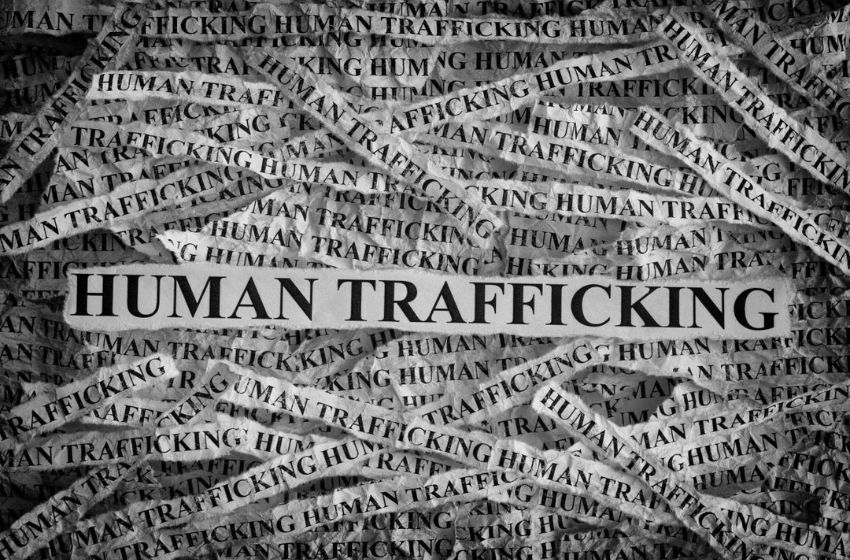The Alarming Rise of ‘Dunki’ Narratives in Australia- A Deep Dive into Human Trafficking Trends

Australia, known for its cultural diversity and fairness, is grappling with an increasing trend in human trafficking, often linked with illegal migrations. The term ‘Dunki’, rooted in Punjabi, refers to indirect and illicit border crossings, an issue that is becoming more prevalent in the Australian context.
Understanding ‘Dunki’ in Australia
The ‘Dunki’ phenomenon includes forced migrations and human trafficking, often leading individuals into exploitative situations. This violation of human rights is intertwined with global challenges like economic disparities, conflict, and the pursuit of better opportunities.
Australian Federal Police Reports
Recent statistics from the Australian Federal Police (AFP) indicate a rise in human trafficking offences. In the 2022/23 financial year, 340 reports were received, covering a range of exploitative practices from forced marriage to debt bondage. These figures reveal the hidden side of exploitation under the facade of Australia’s image as a prosperous nation.
Diversity of Trafficking Cases
The variety of cases in Australia includes 90 instances of forced marriage, 90 of trafficking, and 73 of sexual exploitation, along with forced labour, debt bondage, and slavery. These numbers represent individual stories of despair, often remaining invisible to the public eye.
Factors Contributing to Human Trafficking
Economic hardship, political instability, and complex legal migration processes drive individuals to risky migration paths, making them susceptible to traffickers’ deceit. Traffickers exploit these vulnerabilities, trapping individuals in cycles of exploitation.
Australia’s Counter-Trafficking Efforts

The AFP’s Look-a-Little-Deeper campaign exemplifies Australia’s efforts to combat trafficking. This initiative aims to equip law enforcement with the skills to identify and respond to human trafficking indicators. However, challenges such as victim underreporting and the hidden nature of exploitation complicate these efforts.
Challenges in Addressing Trafficking
The fight against human trafficking is hindered by the invisibility of victims and their reluctance to report due to fear and mistrust. This underreporting obscures the true extent of the problem and challenges effective response strategies.
The Need for International Cooperation and Policy Reform

Combating the ‘Dunki’ phenomenon demands international cooperation and policy reform. Trafficking networks are often transnational, requiring a globally coordinated response. Simplifying legal migration processes and enhancing victim protection are critical steps in this direction.
Public Awareness and Education
Educating the public about trafficking signs and ways to assist is crucial. Awareness campaigns can dispel myths and encourage victim support, playing a vital role in the broader fight against human trafficking.
Moving Forward
Addressing the rise of ‘Dunki’ stories in Australia calls for a multifaceted approach that includes law enforcement, policy changes, international collaboration, and public engagement. This collective effort is essential to protect vulnerable individuals and uphold human dignity. The growing trend of human trafficking in Australia serves as a reminder of the global inequalities that fuel such exploitation, calling for a compassionate and united response to protect and empower those at risk.




